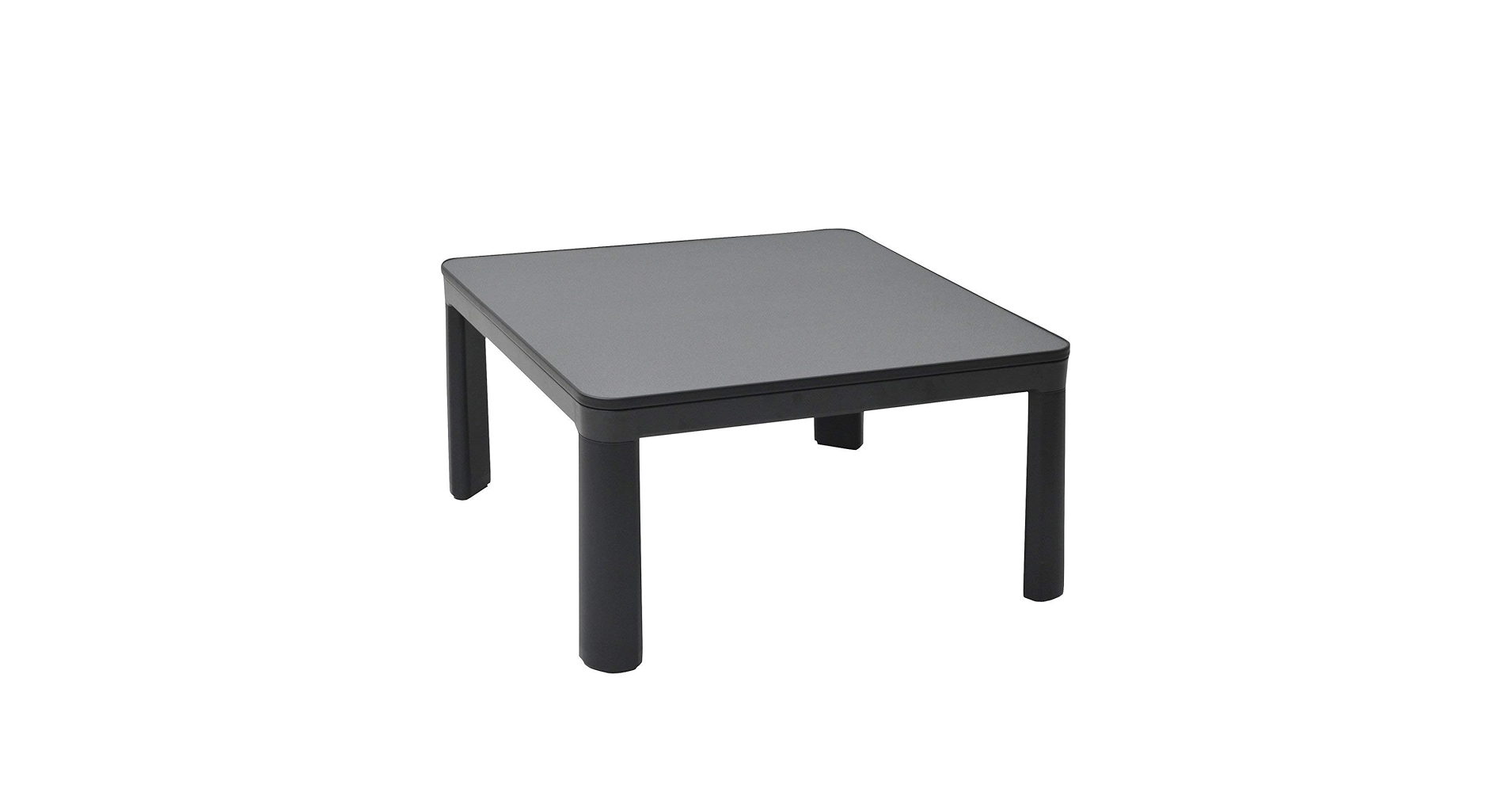Have you ever dreamed of a heater that also happens to be the coziest spot in the house?
Enter the kotatsu, a low table with a heating element underneath and a thick, insulating blanket draped over it. In Japan, the kotatsu is more than a clever way to stay warm—it’s a symbol of comfort, togetherness, and home.
But what makes the kotatsu so culturally special? And why is it starting to resonate with people around the world? Let’s unfold the fascinating journey of this uniquely Japanese invention.
A Brief History of the Kotatsu
Like many elements of Japanese culture, the kotatsu has evolved over centuries—adapting to technological shifts while preserving its essential charm.
Kamakura Period (1185–1333): The Hida-te Begins
The kotatsu’s earliest ancestor was the hida-te, a simple heating device fueled by charcoal. Used mostly by the nobility and warrior class, it symbolized warmth and status in a feudal society. While primitive by today’s standards, it planted the seed for what the kotatsu would become.
Edo Period (1603–1868): The Horigotatsu Emerges
During Japan’s peaceful Edo era, the horigotatsu was developed—a floor-recessed version that allowed for more comfortable seating and better heat retention. Once reserved for the elite, this cozy invention became more widespread, symbolizing comfort becoming accessible to the broader public.
Showa Era (1926–1989): Electric Innovation
With postwar modernization, electric kotatsu replaced traditional charcoal heaters. They were safer, more efficient, and perfectly aligned with Japan’s fast-changing lifestyle. By the 1980s, the kotatsu was a common sight in Japanese living rooms across all social classes.
Today: Stylish, Efficient, and Still Beloved
Modern kotatsu are sleek, energy-efficient, and come in countless designs—from traditional wood to minimalist Scandinavian-inspired styles. Though Japan now has central heating in some homes, the kotatsu remains a nostalgic and emotionally resonant centerpiece.
Around the World: Kotatsu-like Concepts in Other Cultures
Though uniquely Japanese in form, the concept behind the kotatsu—gathering warmth together in one place—is surprisingly universal.
Iran’s Korsi
The korsi is perhaps the kotatsu’s closest cousin. A low table with a heat source underneath, covered by a heavy quilt, it serves as a warm family hub during cold Iranian winters.
Spain’s Brasero
In rural Spain, a brasero is placed under a table, covered by a cloth, and used as a heat source in chilly homes. Though less common today, it echoes the kotatsu in both function and familial intimacy.
Other Cultural Equivalents
- Russia’s pechka: A large masonry stove, often used for both heating and sleeping.
- Korea’s ondol: A traditional underfloor heating system that creates a cozy indoor atmosphere.
Each of these shows how human cultures, regardless of location, develop communal warmth as part of home life.
Why the Kotatsu Is Gaining Global Attention
Thanks to globalization and digital culture, the kotatsu is slowly making its way outside Japan’s borders. Here’s why:
- Pop Culture Influence: Anime, manga, and Japanese films often depict cozy kotatsu scenes, sparking curiosity abroad.
- Social Media Appeal: Instagram and Pinterest are full of dreamy kotatsu setups—blankets, tea, cats, and all.
- Energy Efficiency: With rising energy costs, the kotatsu’s low energy use is increasingly attractive.
- Remote Work Culture: More people working from home means a greater demand for comfortable, multifunctional living spaces.
Challenges—and Creative Adaptations
While the kotatsu is gaining fans worldwide, it’s not always plug-and-play.
- Different electrical standards mean Japan’s kotatsu don’t always work abroad.
- Furniture styles in Western homes often don’t suit floor-sitting.
- Cultural habits, like preferring chairs over floor cushions, pose another hurdle.
Still, many have found creative solutions:
- Using Western-style coffee tables with heating pads
- Creating DIY kotatsu hybrids
- Adapting the concept with electric blankets or low-profile space heaters
More Than Warmth: The Social Heart of the Home
What truly makes the kotatsu special isn’t just the heat—it’s the atmosphere it creates.
In Japan, the kotatsu embodies uchi (内), the intimate inside space where family gathers. It encourages face-to-face time, shared meals, quiet reading, and meaningful conversation. In an increasingly digital world, the kotatsu reminds us of the value of slow living and close connection.
Conclusion: A Tradition Worth Sharing
The kotatsu may be rooted in Japanese culture, but its essence—warmth, comfort, togetherness—is something people everywhere crave. As more cultures discover and adapt this humble invention, the kotatsu’s journey continues.
It may look different in every home, but its purpose remains the same: to bring people closer, one cozy moment at a time.



